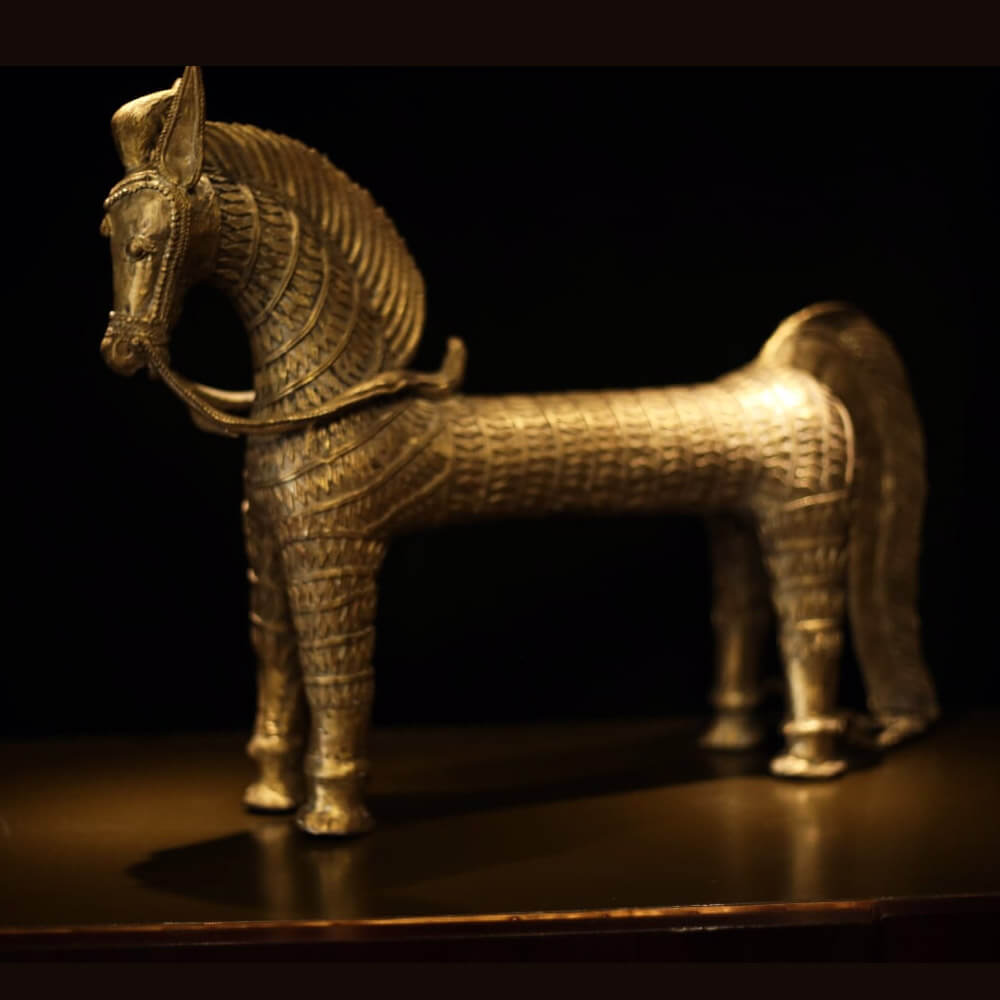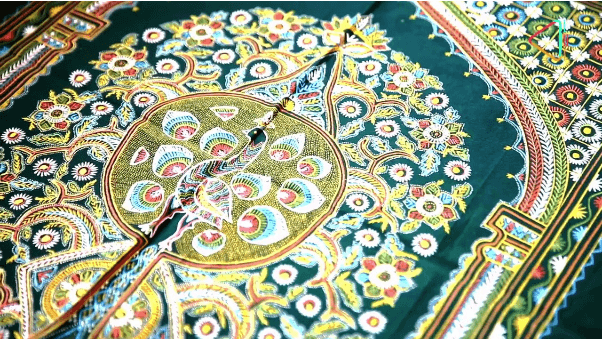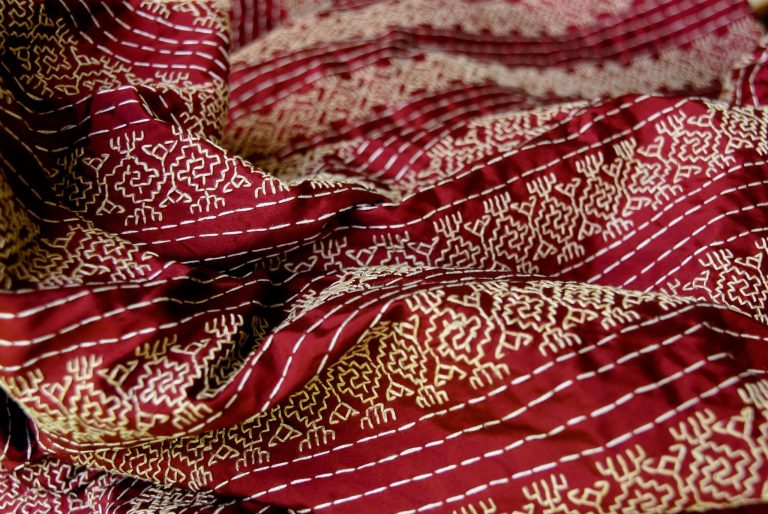One of the many art forms that have been a part of the glorious past of West Bengal, Odisha, Jharkhand and Chhattisgarh is Dhokra art. This art form has been used for over 4000 years, and its earliest example was “The Dancing Girl”, a lost wax artefact of Mohenjodaro. The artworks are metal artefacts that are generally cast in bronze and copper alloys.
But what is with the name? Why Dokra art? This art form originated in the tribes of West Bengal and Odisha. Dokra Dhamar is a tribe of traditional metalsmiths, and the art was named on this tribe. It later spread to central India and other parts of the country.
It is one of the earliest forms of non-ferrous metal casting. The metal casting is done in folk motifs and forceful forms of animal and bird motifs. Horses, elephants, peacocks and owls are some of the famous motifs. So, how do you make Dhokra art? Well, it is a complex process that involves many steps. It generally takes days to weeks to make one sculpture or artwork. There are two types of lost wax casting processes. One is solid casting, and the other is Hollow casting. The method of Hollow casting has been standard in Eastern & Central India.
The first step in hollow casting is making a clay core close to the final sculpture’s shape. This clay core is then covered with a layer of wax (mixture of beeswax, resin and oil). Once the layer hardens, all the details and decorations are then carved on it. This layer is then covered in clay again, which makes a negative form of the wax line. This is what becomes the mould in which hot metal is poured. The liquid metal is kept in the mould for days until it cools down and hardens. Once it has cooled down, the outer layer is chipped off. The metal sculpture is then polished and finished to give a rustic look and old feel.

In old times, Dokra artwork was used to make measuring bowls, religious deities, lamps, jewellery boxes, tableware and other metalware. Human figures and figures were commonly used for making these. They were famous in Indian as well as foreign markets. They were exported to cities like Milan, Paris and London due to their heavy demand.
The decline of this artform started when capitalists started taking over the traditional markets. The products in these markets started replacing these artistic items, and it became challenging to meet the demand of competition. Most metalwares were mass-made and sold at low prices, making Dhokra an expensive art form. What became a more significant challenge was the increase in the cost of raw materials like brass and copper. Some tribes still practise this art form. However, it has been declining and might soon be lost if not carried forward.




